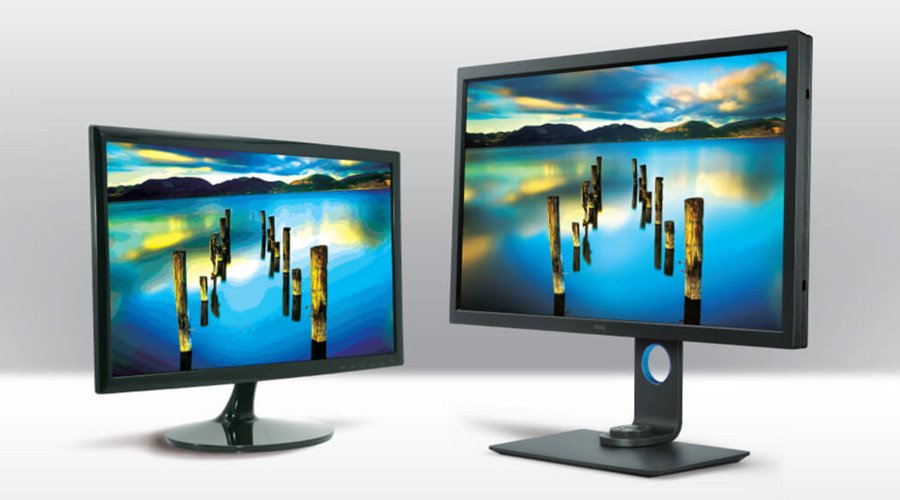Now with the arrival of DLSS4, quite probably FSR4 and the existence of Lossless Scaling, reaching 360fps or more is easier than ever. And motion clarity is part of the future.
High refresh rate monitors are no longer limited to esports, they can be used in single player titles, and it benefits both styles of gaming.
To obtain motion clarity, 8K resolution and Supersampling AA are not enough, monitors with many Hz are the ones that create that clarity of vision, which eliminates pixelated contours in 2D games, and creates a kind of "natural" antialiasing in 3D games.
If you find any interesting monitors that fit this criteriaof, let's put them here.
High refresh rate monitors are no longer limited to esports, they can be used in single player titles, and it benefits both styles of gaming.
To obtain motion clarity, 8K resolution and Supersampling AA are not enough, monitors with many Hz are the ones that create that clarity of vision, which eliminates pixelated contours in 2D games, and creates a kind of "natural" antialiasing in 3D games.
If you find any interesting monitors that fit this criteriaof, let's put them here.
Last edited:











